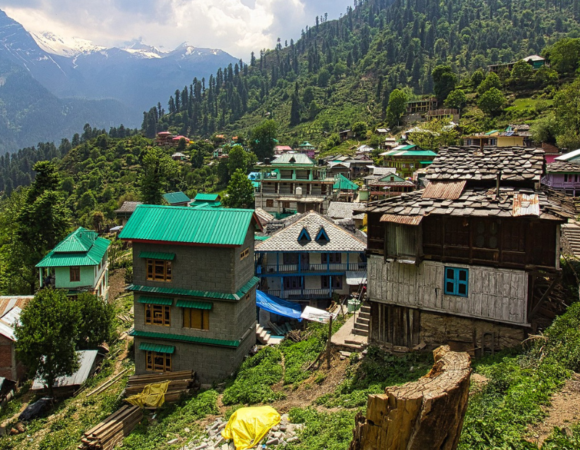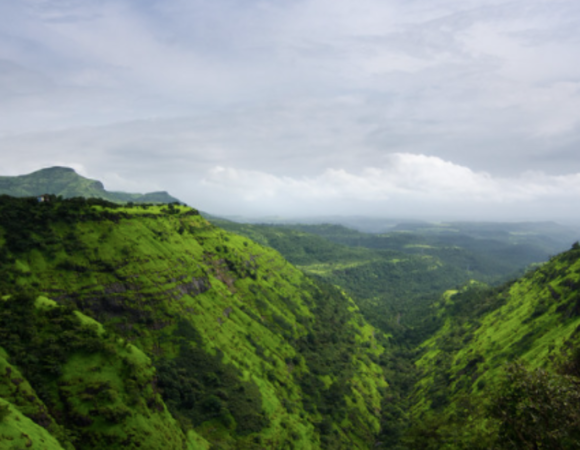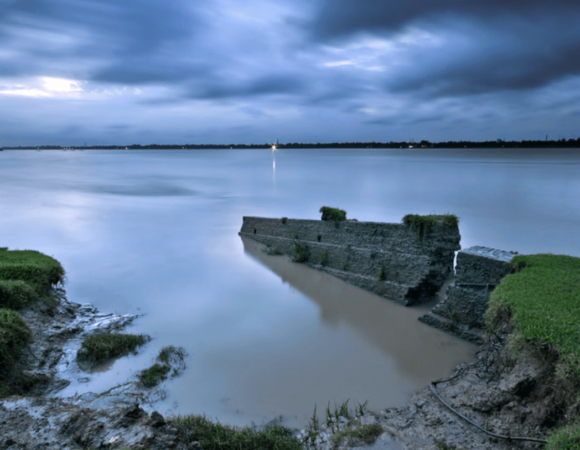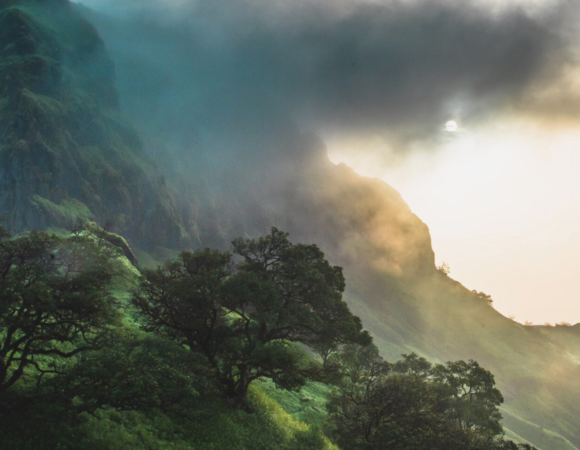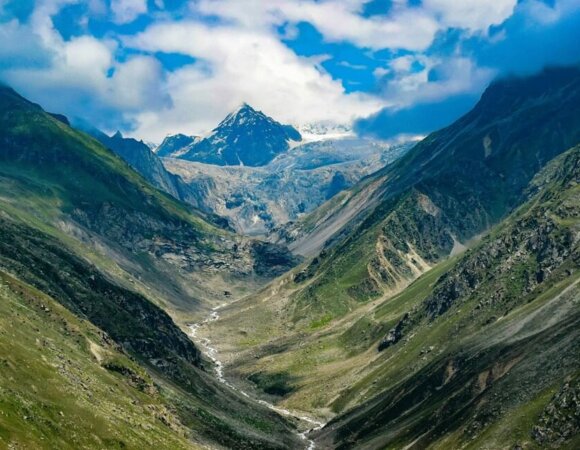How to Pick the Right Sunglasses for Snow Trekking
Discover how to pick the right sunglasses for snow trekking to protect your eyes from UV rays and snow glare.
Table of Contents
Toggle
Snow trekking is an exciting and challenging adventure that takes you through some of the most breathtaking and rugged terrains on Earth. However, it comes with its own set of challenges, especially when it comes to protecting your eyes. One of the most important things you can do to stay safe during a snow trek is choosing the right sunglasses for snow trekking. While sunglasses are often seen as a fashion accessory, when trekking in snowy environments, they serve a much more critical role in ensuring your safety and comfort. Let’s explore why protecting your eyes is crucial and how to select the best sunglasses for snow trekking.
Why You Need Sunglasses for Snow Treks
When trekking through snowy landscapes, the sun’s UV rays reflect off the snow, intensifying their effects. This harsh reflection can cause what is known as “snow blindness.” Snow blindness is a temporary but painful condition resulting from excessive UV exposure. It can lead to blurred vision, sensitivity to light, and a feeling of sand in the eyes. Over time, without the right sunglasses for snow trekking, you risk long-term damage to your eyes, including cataracts or macular degeneration. This makes protecting your eyes with proper sunglasses even more important.
In addition to UV protection, snow trekking often involves windy conditions and flying debris. The right pair of sunglasses protects the wind, snowflakes, and other environmental factors that from irritate or damage your eyes. This protection is crucial for maintaining clear vision and comfort during your trek.
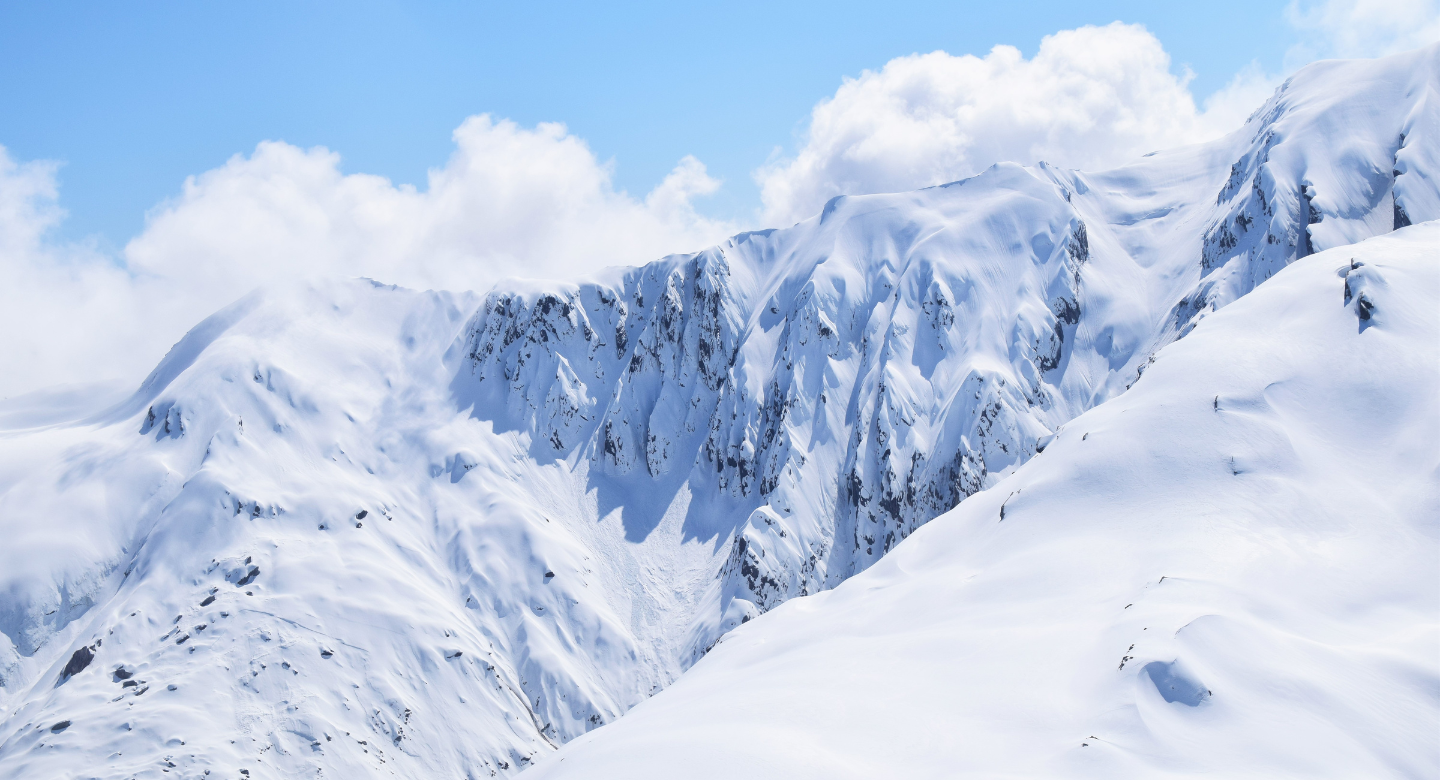
Moreover, prolonged exposure to harsh environmental conditions can contribute to long-term eye damage. In cold, windy, and snowy conditions, your eyes are more vulnerable to dryness, irritation, and other issues. By wearing sunglasses designed for these conditions, you can prevent unnecessary harm and avoid compromising your vision in the future.
Studies show that individuals who frequently engage in outdoor activities without adequate eye protection are at a higher risk of eye diseases later in life. Proper sunglasses not only shield your eyes but also enhance your overall experience by reducing glare and improving visibility, which is essential when navigating snowy terrains.
In short, choosing the right sunglasses for snow trekking is not just about comfort or style—it’s about safeguarding your vision and health for the long term.
Key Features to Look for in the Right Sunglasses for Snow Trekking
When you’re preparing for a snow trek, choosing the right sunglasses for snow trekking is crucial for both comfort and protection. The harsh conditions in snowy environments can put extra strain on your eyes, and the right pair of sunglasses can make a big difference. Here are the key features you should look for to ensure your eyes are well-protected and your trek is enjoyable.
a. 100% UV Protection
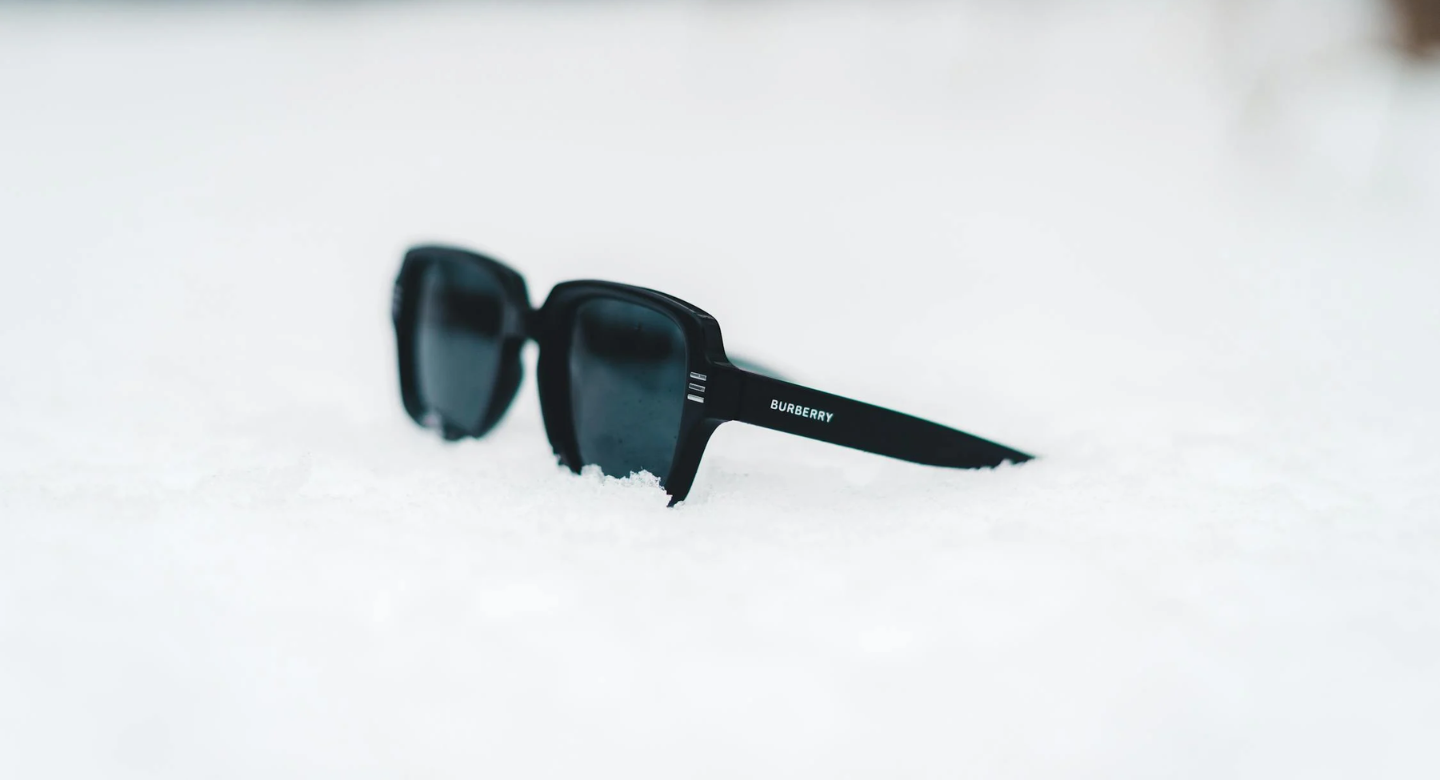
UVA and UVB rays are types of ultraviolet radiation that come from the sun. These rays can cause long-term damage to your eyes, potentially leading to issues like cataracts or even permanent retinal damage. The right sunglasses for snow trekking will offer 100% UV protection to shield your eyes from both UVA and UVB rays. Snow reflects up to 80% of sunlight, which can intensify UV exposure, making it even more important to have this level of protection. With 100% UV protection, you can safely enjoy your snow trek without worrying about harmful sun exposure.
b. Polarized Lenses
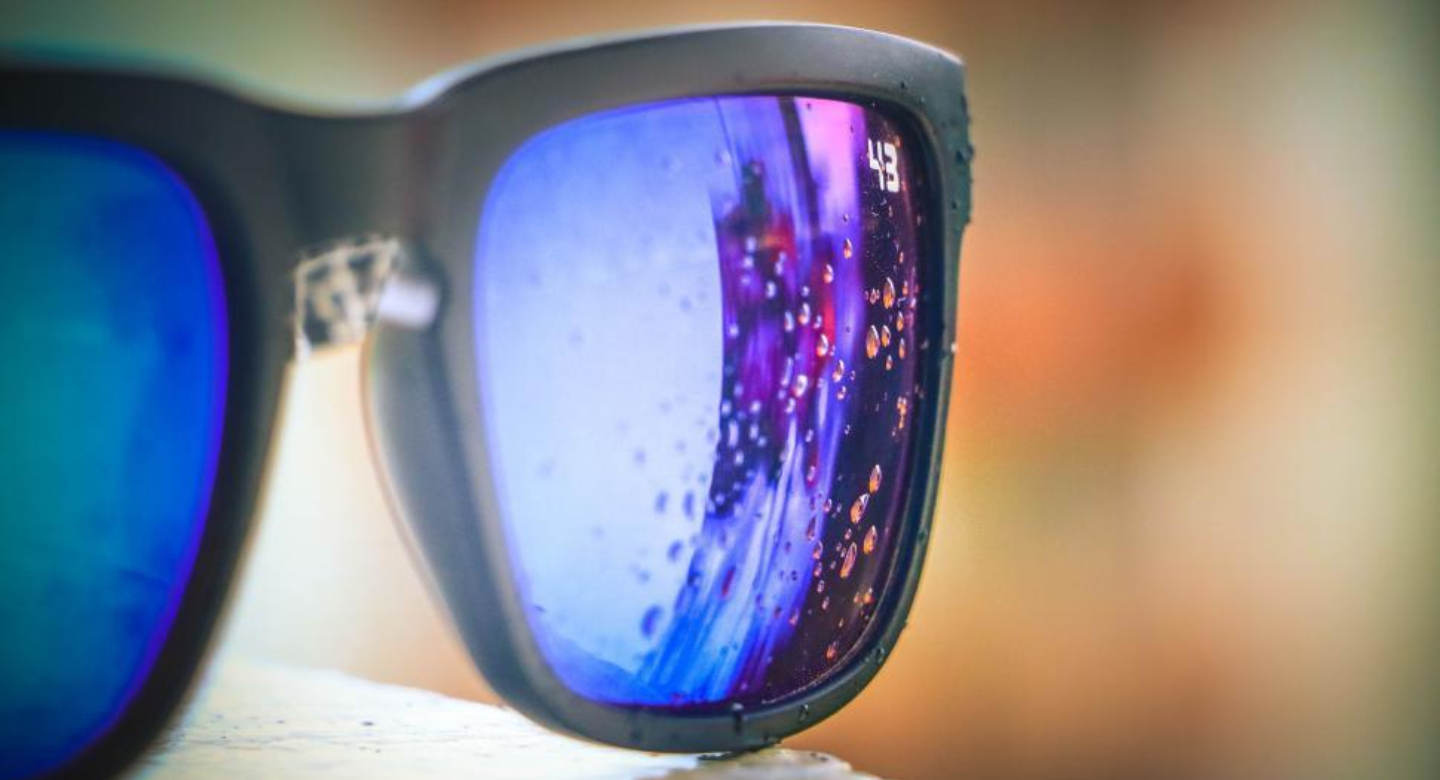
When you’re out on a snowy trek, glare from the snow can be incredibly distracting and even dangerous. Polarized lenses in the right sunglasses for snow trekking can help reduce this glare, allowing you to see more clearly and comfortably. These lenses filter out horizontal light waves that cause reflections, greatly improving visibility. On bright, snowy days, polarized lenses will protect your eyes from the intense glare that often makes it hard to see, improving both safety and comfort on your trek.
c. Photochromic or Adaptive Lenses (Optional)

Snow treks often involve varying light conditions, such as moving from a forested area into a bright, open snowy landscape. Photochromic or adaptive lenses are a great feature to consider when looking for the right sunglasses for snow trekking. These lenses automatically adjust to changes in light, darkening in bright sunlight and lightening when the light fades. This adaptability ensures that you always have the right level of tint, no matter where you are or what the weather is doing.
d. Wrap-Around Frames
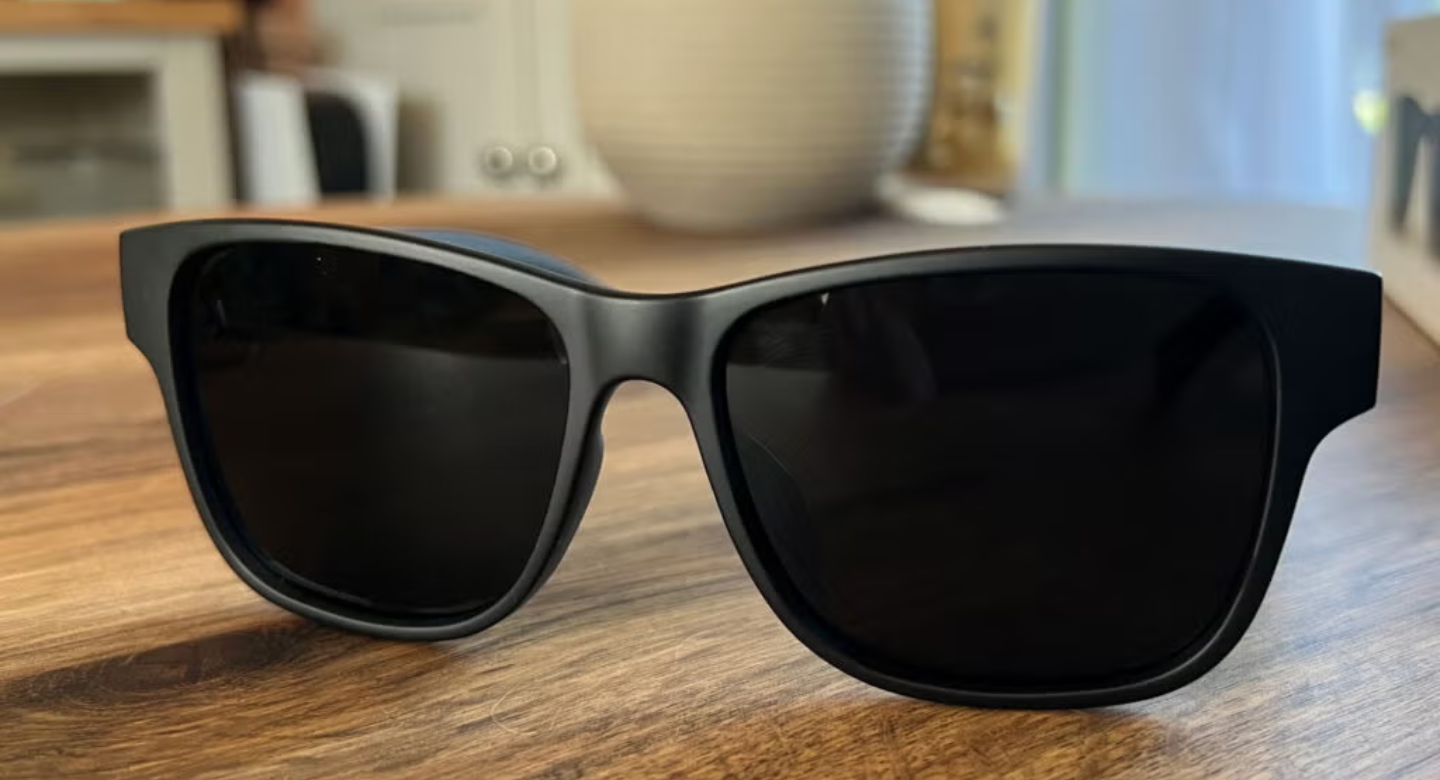
Wrap-around frames offer a snug, secure fit and provide extra protection against wind, snow, and glare from the sides. This is especially important when you’re trekking through open snowy areas, where the wind and weather can be harsh. The right sunglasses for snow trekking will have wrap-around frames that ensure the sunglasses stay in place while providing coverage from all angles. This makes for a more comfortable and secure fit, so you don’t have to worry about your sunglasses slipping off as you move.
e. Anti-Fog Coating
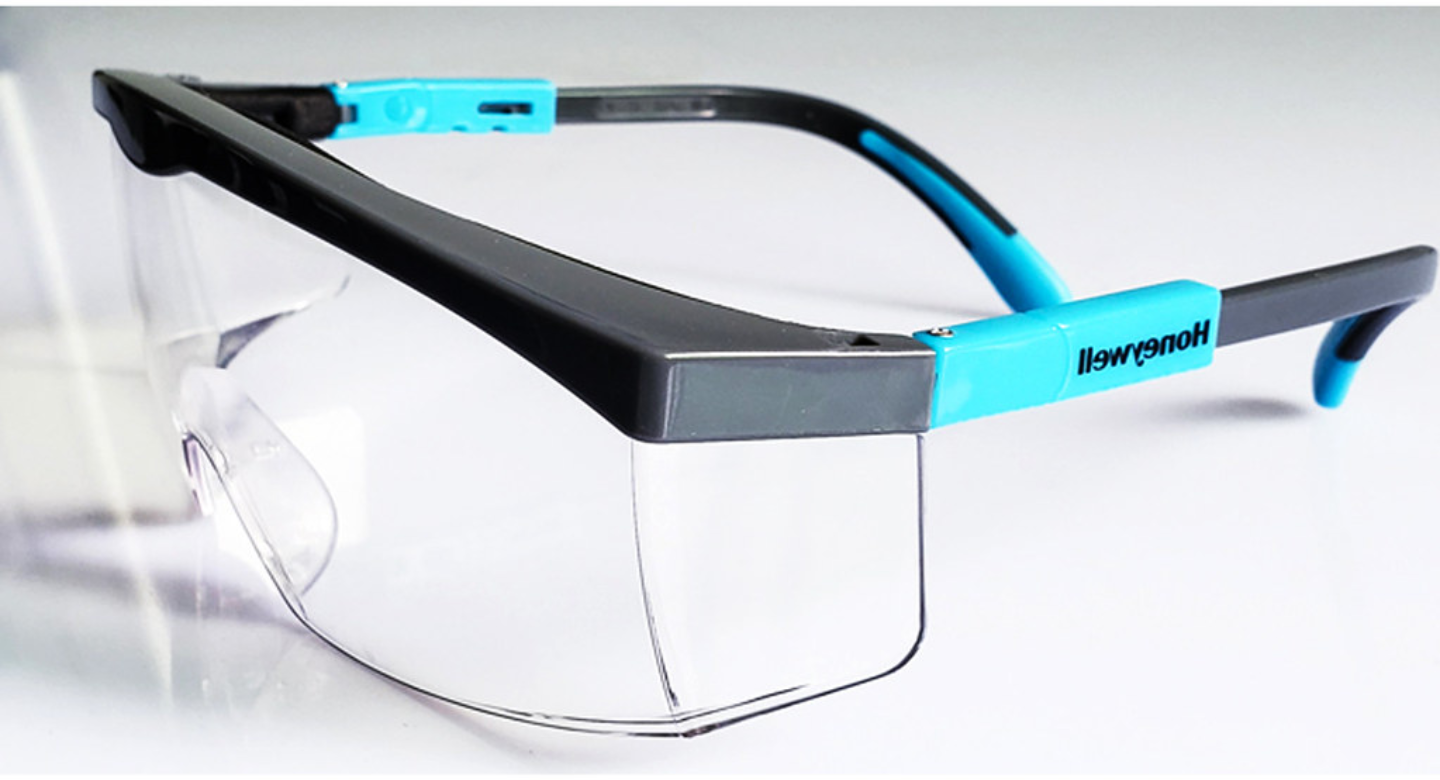
Fogging is a common issue when you’re active in cold, snowy environments. The warm air from your breath or sweat can create condensation on the lenses, blocking your vision. To avoid this, the right sunglasses for snow trekking will feature an anti-fog coating. This coating helps prevent condensation from forming on the lenses, keeping your vision clear. It’s especially useful when you’re moving between different climates or working up a sweat during your trek. With anti-fog coating, you can maintain clear sightlines and focus on the trail ahead.
f. Lens Color and Tint
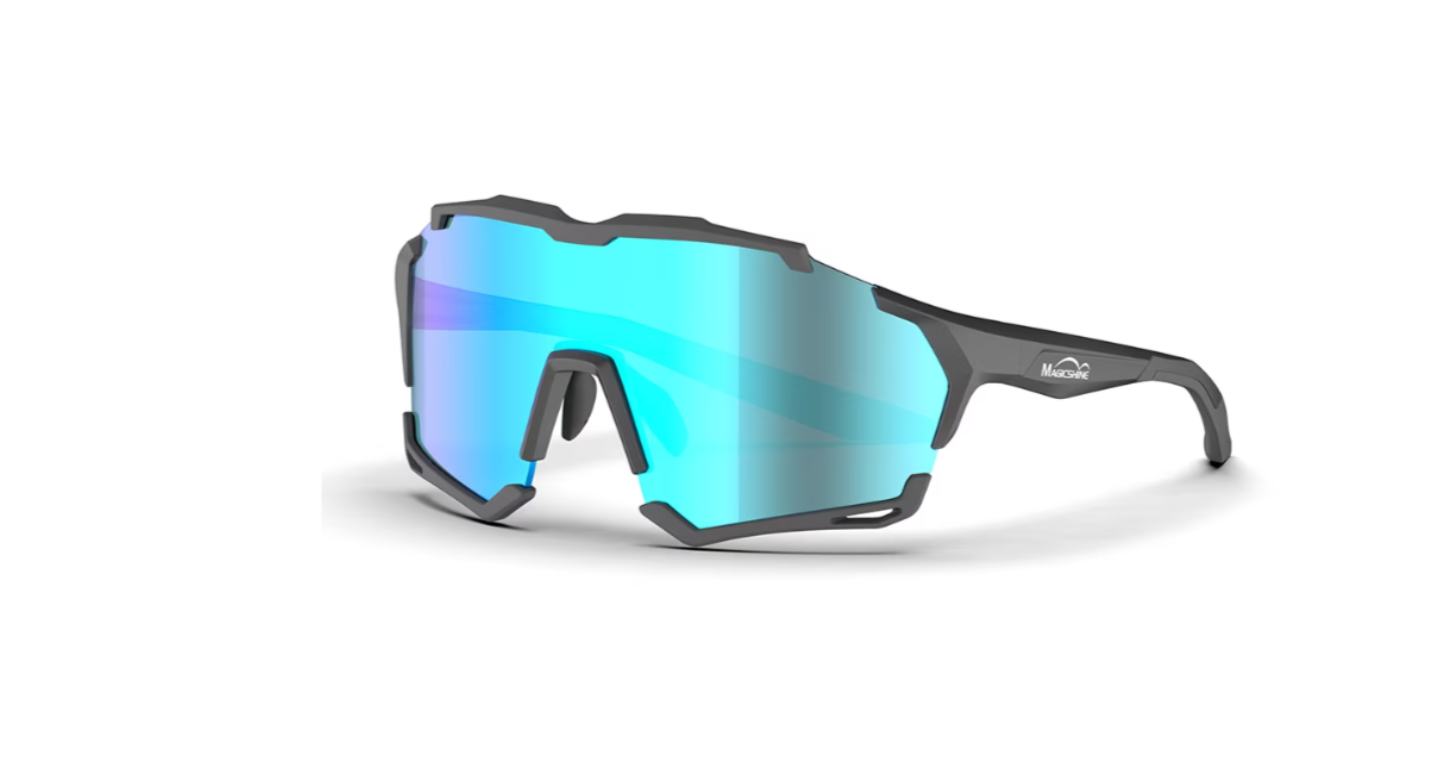
The color and tint of the lens in your sunglasses can make a big difference in how well you see in snowy conditions. The right sunglasses for snow trekking will have lenses in tints like gray, amber, or brown. Gray lenses reduce overall brightness and are great for direct sunlight, while amber or brown lenses increase contrast and are perfect for low-light conditions like overcast days or shaded areas. However, it’s important to avoid lenses that are too dark or too light. Lenses that are too dark can hinder your ability to see in dim conditions, while too-light lenses won’t provide enough protection from glare or UV rays.
By focusing on these features, you can find the right sunglasses for snow trekking that offer maximum comfort and protection. Whether you’re dealing with bright, snowy days or changing light conditions, the right pair of sunglasses can make all the difference in ensuring a safe, enjoyable, and comfortable trek.
Types of Sunglasses Suitable for Snow Treks
Choosing the right sunglasses for snow treks is essential for comfort and protection. Here are some options to consider:
1. Glacier Glasses
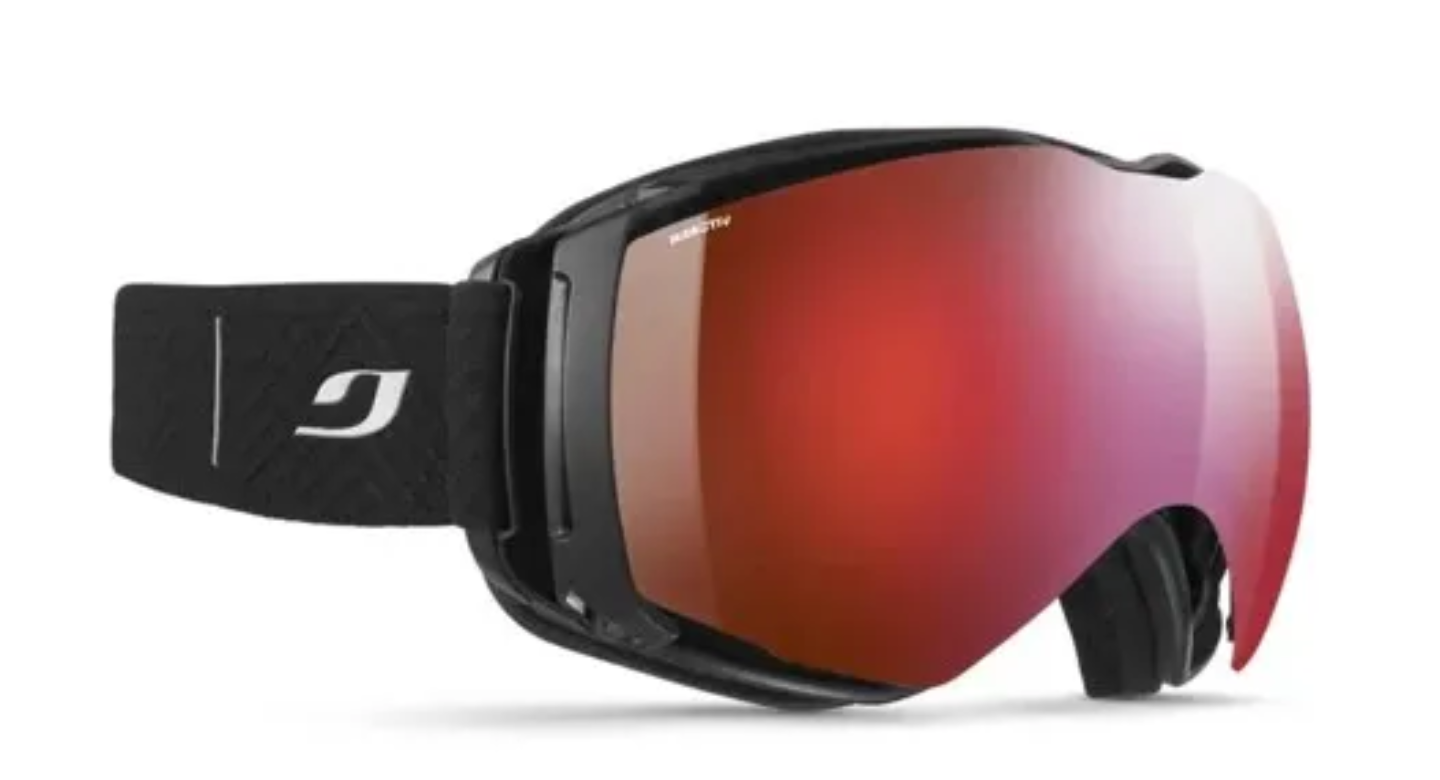
Glacier glasses are made for extreme snow conditions. They provide full eye coverage with side shields to block sunlight from all angles. These glasses offer top-notch UV protection and are perfect for high-altitude treks with intense glare.
2. Sports Sunglasses with Side Shields
Sports sunglasses with side shields are a great option for snow treks. The side shields prevent glare and protect your eyes from wind and snow. They often come with a secure fit and polarized lenses to reduce glare on bright, snowy days.
3. Over-the-Glass Sunglasses (For Prescription Wearers)
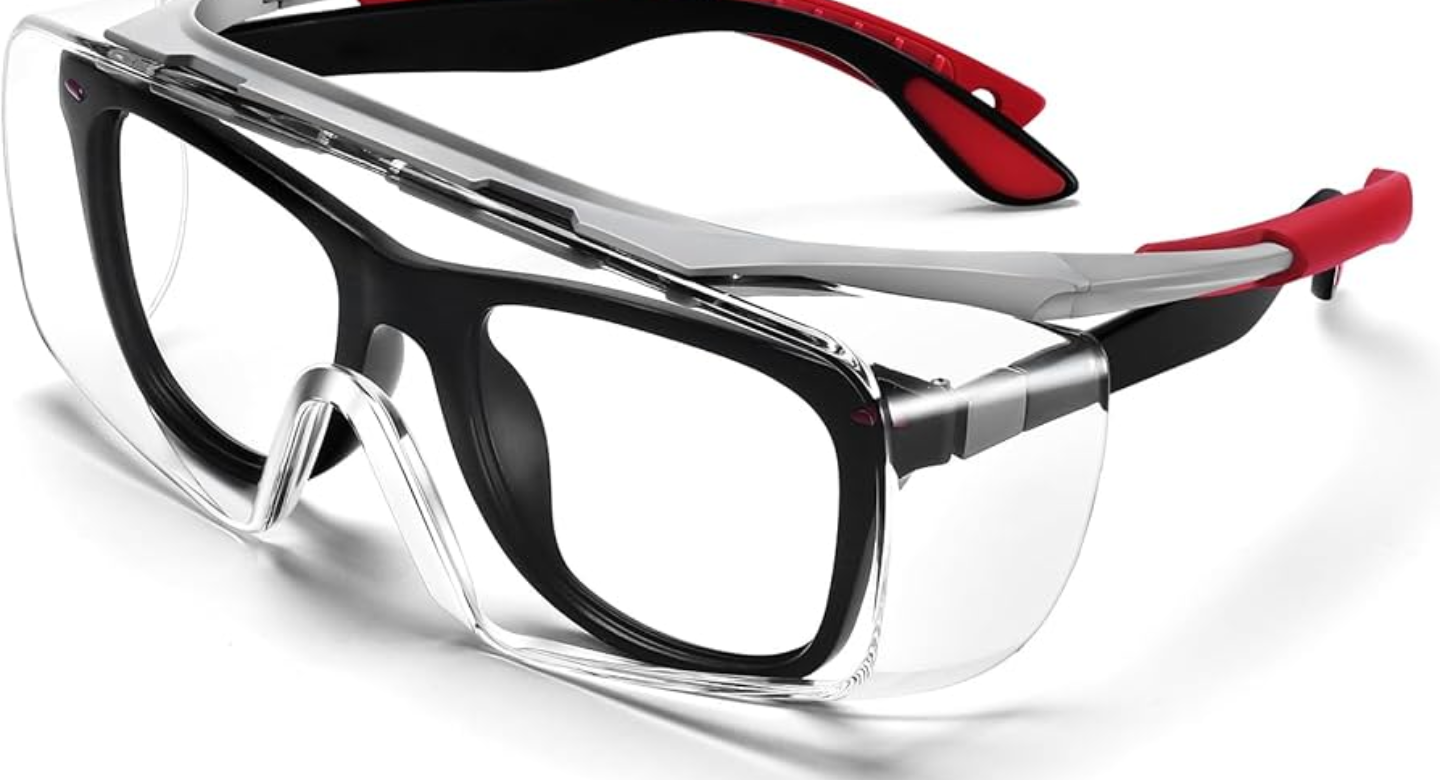
For prescription wearers, over-the-glass sunglasses are an ideal choice. These fit over your regular glasses, providing UV protection and reducing glare. Many also feature anti-fog coatings to keep your vision clear during active treks.
4. Goggles vs. Sunglasses – When to Choose Which
Sunglasses are great for moderate snow treks where UV protection is key. However, for high-altitude or harsh conditions, goggles offer better protection against wind, snow, and glare. Goggles are also better for keeping snow out and providing a snug fit in extreme conditions.
How to Choose Based on Your Trek
Your trek’s specifics will help you choose the right eyewear. Here’s what to keep in mind:

1. Short Snow Hikes vs. High-Altitude Expeditions
For short hikes, sunglasses with UV protection and polarization should be enough. For high-altitude treks, consider glacier glasses or goggles, as they provide better coverage and protection from harsh conditions.
2. Weather Forecast and Terrain (Sunny, Cloudy, Snowy)
On sunny days, polarized sunglasses are a must for glare protection. For cloudy or snowy conditions, opt for lenses that enhance contrast, like amber or yellow. In harsh snowy weather, goggles or eyewear with side shields will offer better protection from wind and snow.
3. Budget vs. Functionality
Balance your budget with your needs. Affordable sports sunglasses or over-the-glass options offer good protection, but for more extreme conditions, investing in glacier glasses or goggles may be necessary for added durability and comfort.
Choosing the right sunglasses for snow trekking depends on your specific trek, weather conditions, and personal needs. The right pair will ensure your eyes stay protected and your vision stays clear.
Common Mistakes to Avoid When Choosing the Right Sunglasses for Snow Trekking
When selecting the right sunglasses for snow trekking, it’s important to avoid certain common mistakes that can compromise your eye protection and comfort.

1. Choosing Based Only on Brand/Style
It’s easy to get caught up in the brand or style of sunglasses, but the right sunglasses for snow trekking should be chosen based on functionality rather than just looks. Fashionable glasses might not provide the UV protection, polarization, or fit you need for snowy conditions.
2. Using Regular Sunglasses with No UV Protection
Many people overlook the importance of UV protection. Regular sunglasses may not offer 100% UV protection, which is essential for snow treks. The right sunglasses for snow trekking must provide complete UV shielding to protect your eyes from harmful rays that are intensified by snow reflections.
3. Ignoring Fit and Comfort for Prolonged Use
Comfort is key when wearing sunglasses for extended periods. Ill-fitting glasses can cause discomfort, headaches, or even fall off during movement. Always choose the right sunglasses for snow trekking that offer a secure, comfortable fit. Look for adjustable nose pads, straps, or wrap-around frames for a snug fit.
4. Not Testing Them Before the Trek
It’s easy to assume that a pair of sunglasses will work well on a trek, but it’s crucial to test them out first. Try them in similar lighting conditions to make sure they provide proper glare reduction, UV protection, and comfort. Testing your sunglasses before your trek ensures you won’t run into problems when you’re in the middle of your adventure.
Care and Maintenance Tips for the Right Sunglasses for Snow Trekking
Proper care and maintenance can extend the lifespan of your right sunglasses for snow trekking. Here are some tips to keep them in top condition:
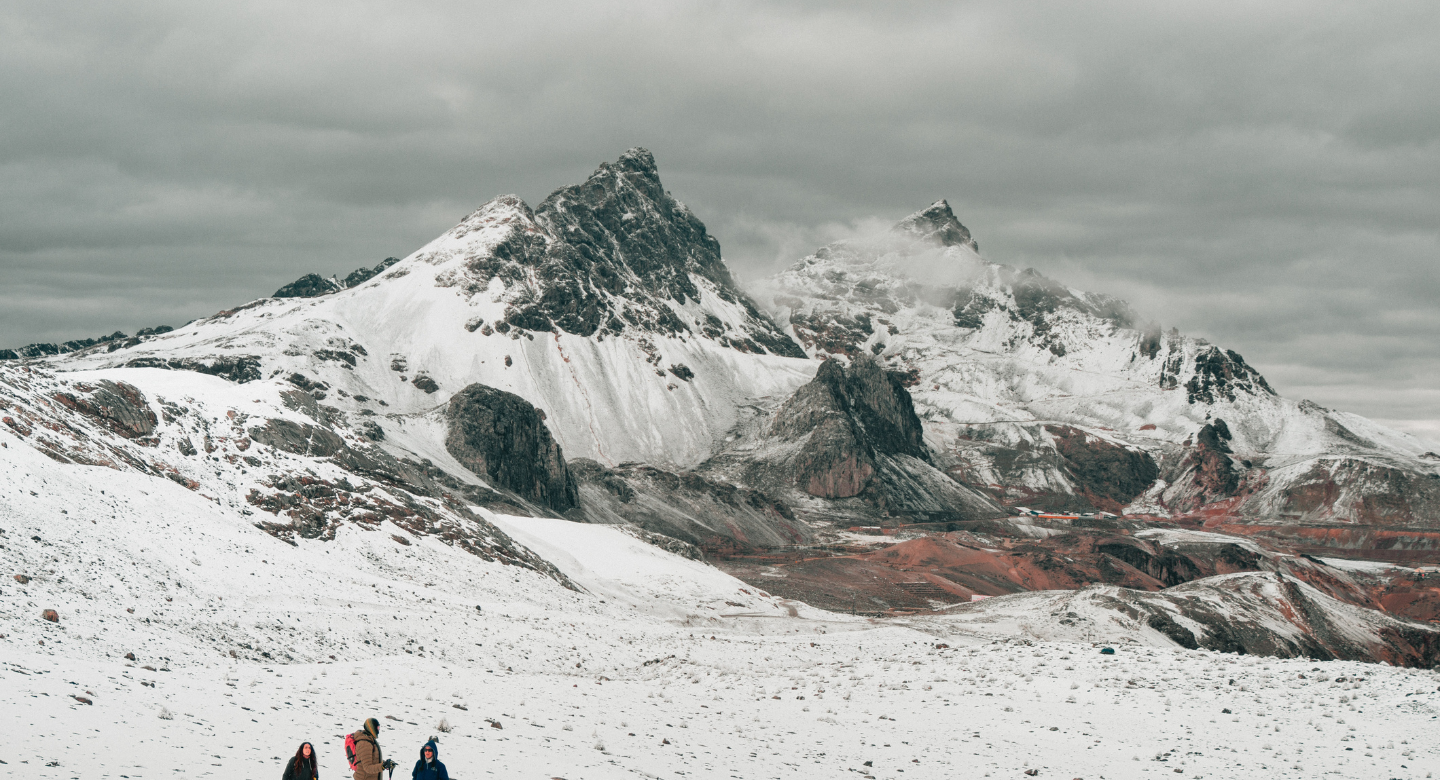
1. How to Clean Lenses Properly
Use a microfiber cloth and lens cleaner to clean your sunglasses. Avoid using paper towels, clothing, or rough fabrics, as they can scratch the lenses. Gently wipe in circular motions to avoid damaging the surface and maintain clear vision throughout your trek.
2. How to Store Them During and After the Trek
When not in use, store your sunglasses in a protective case to avoid scratches or damage. During the trek, keep them in a secure location like a backpack or clothing pocket. Never leave them exposed to extreme temperatures or direct sunlight, as this can damage the lenses or frames.
3. Carrying Case and Anti-Fog Wipes
A carrying case is essential for keeping your sunglasses safe when not in use. For added convenience, consider carrying anti-fog wipes to keep your lenses clear during physical activity. These wipes help prevent fogging, ensuring that your right sunglasses for snow trekking stay effective throughout your adventure.
By avoiding common mistakes and properly maintaining your eyewear, you can ensure that your right sunglasses for snow trekking continue to provide optimal protection and comfort, helping you focus on enjoying your trek.
Final Thoughts About How to Pick the Right Sunglasses for Snow Trekking
Eye safety is non-negotiable on snow treks. The intense UV exposure reflected off the snow can be damaging, making it crucial to choose the right sunglasses for snow trekking. Not only do these sunglasses protect your eyes from harmful rays, but they also enhance your performance by reducing glare and improving clarity during bright, snowy conditions. Choosing the right pair ensures that you can trek safely and comfortably, without worrying about eye strain or snow blindness.
Investing in quality sunglasses that meet your needs for UV protection, comfort, and functionality is essential. Always test your gear before heading out to ensure it fits well, provides proper protection, and performs under varying conditions.
What are your favorite sunglasses for treks? Share your recommendations in the comments below! We’d love to hear about your experiences with snow blindness or eye fatigue during snow treks, and how you managed it.
If you’re looking for more helpful tips, check out our other blogs like How to Choose the Right Backpack for Your Trek or How to get quality sleep in a tent during a trek
Frequently Asked Questions (FAQs) About How to Pick the Right Sunglasses for Snow Trekking
Why do I need special sunglasses for snow trekking?
Snow reflects up to 80% of the sun’s UV rays, which can severely strain your eyes and lead to a condition called snow blindness. Specialized sunglasses protect your eyes from intense glare and harmful UV exposure during snowy treks.
What features should I look for in sunglasses for snow trekking?
Look for sunglasses that offer 100% UV protection, polarized lenses, wrap-around frames, anti-fog coating, and suitable lens tint (gray, brown, or amber). These features ensure eye safety, comfort, and clear vision during challenging snow conditions.
What is snow blindness, and how can sunglasses help prevent it?
Snow blindness is a painful, temporary vision loss caused by overexposure to UV rays reflected from snow. Wearing sunglasses with full UV protection prevents this condition and helps maintain healthy vision in high-altitude snowy environments.
Are polarized lenses necessary for snow treks?
Polarized lenses aren’t mandatory but are highly recommended as they cut down harsh glare from the snow. They also enhance contrast and visibility, making it easier to navigate tricky terrain.
Can I use my regular sunglasses for snow trekking?
Most regular sunglasses don’t provide adequate UV protection or proper tinting for high-glare snow environments. For snow treks, you need performance-oriented eyewear designed specifically for reflective and cold conditions.
What lens color is best for snowy conditions?
Gray, brown, and amber lenses are best for snow as they reduce glare while maintaining color accuracy and enhancing contrast. These tints work well in both sunny and cloudy conditions.
What’s the difference between glacier glasses and normal sunglasses?
Glacier glasses are built for extreme alpine environments, featuring darker lenses and side shields to block light from all directions. They offer superior protection against intense UV rays and wind, making them ideal for high-altitude treks.
Do I need sunglasses even if it’s cloudy during the trek?
Yes, UV rays can penetrate clouds and still reflect off snow surfaces. Even on overcast days, your eyes are exposed to harmful rays, so sunglasses remain essential.
How do I prevent my sunglasses from fogging up during the trek?
Choose sunglasses with anti-fog coating or built-in ventilation to reduce moisture buildup. Also, avoid overdressing your face and keep the lenses clean and dry during breaks.
Are there any budget-friendly options that still offer good protection?
Yes, many reliable brands offer affordable sunglasses with full UV protection, polarized lenses, and decent build quality. It’s important to check product specs and user reviews before buying to ensure they’re suitable for snow trekking.


